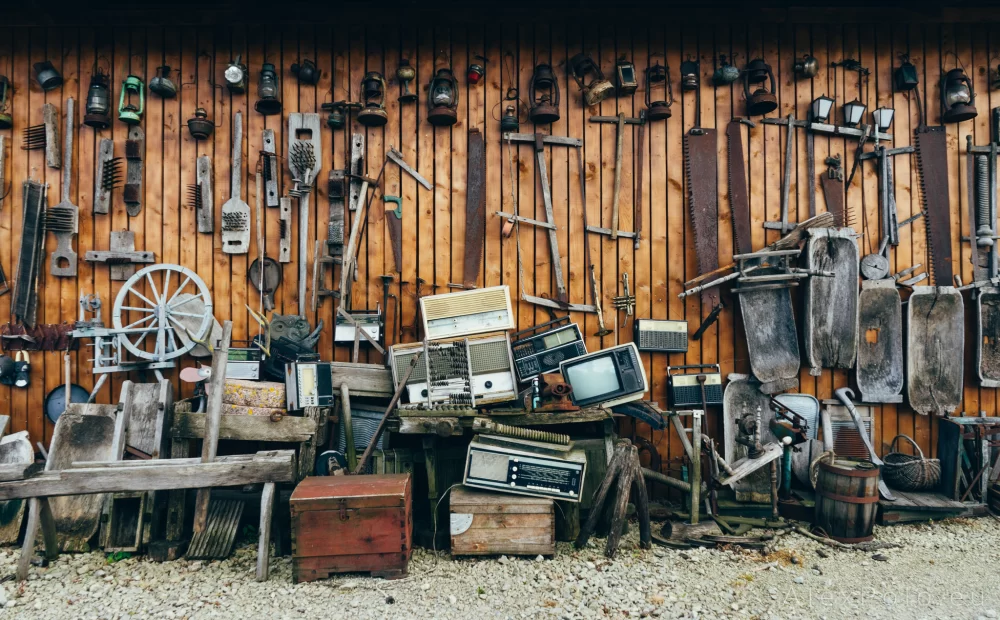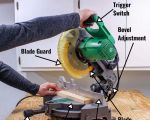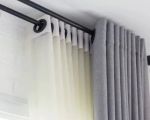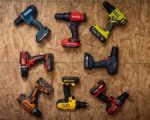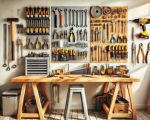Best Hand Tools for Fixing Furniture
- 1. Importance of Hand Tools for Furniture Repairs
- 2. Essential Hand Tools for Furniture Repairs
- 3. How to Choose the Right Hand Tools for Furniture Fixing
- 4. Maintaining Your Hand Tools
- 5. Where to Find the Best Hand Tools for Furniture Repairs
1. Importance of Hand Tools for Furniture Repairs
When it comes to fixing or restoring furniture, the right set of hand tools is essential. Whether you're repairing a broken chair leg, reattaching a wobbly table top, or assembling a new piece, having the best hand tools for fixing furniture makes the job faster, easier, and more effective. Proper hand tools not only save time but also ensure that the furniture remains sturdy and durable after the repair.
Using high-quality tools allows you to execute the job with precision, preventing mistakes and damage to your furniture. Additionally, well-maintained hand tools can help you achieve professional-level results, whether you're a beginner or an experienced DIY enthusiast.
2. Essential Hand Tools for Furniture Repairs
There are several hand tools that are vital for any furniture repair job. Each tool serves a unique purpose and can be used for various tasks, from tightening screws to sanding surfaces. Here are some of the most essential tools to have in your toolkit:
- Screwdrivers: A good set of screwdrivers is crucial for loosening or tightening screws, which are commonly found in furniture assemblies. It's important to have both flathead and Phillips head screwdrivers in various sizes.
- Hammer: A hammer is indispensable when it comes to driving nails, assembling pieces, or tapping things into place. A lightweight, comfortable hammer will make the job easier.
- Allen Wrenches: Many modern furniture pieces use hex screws, making Allen wrenches essential for adjusting or disassembling such furniture.
- Pliers: Pliers are useful for gripping, twisting, bending, or cutting wire. They are particularly useful for projects that require precision and a strong grip.
- Measuring Tape: Accurate measurements are vital in any furniture repair. A tape measure helps ensure that your repairs are symmetrical and correctly aligned.
- Wood Glue: For more extensive repairs, wood glue can help hold pieces together while you work. It’s perfect for reattaching broken wooden parts.
- Sanding Tools: If your furniture has dents or scratches, sanding tools will help smooth the surface. Sandpaper or a small sanding block is often enough for smaller touch-ups.
3. How to Choose the Right Hand Tools for Furniture Fixing
When selecting hand tools for fixing furniture, it's important to choose tools that are durable, easy to handle, and suited for the specific repair task. Here are some factors to consider when making your choices:
- Quality: High-quality tools are a long-term investment. Look for tools made from strong, durable materials such as stainless steel or hardened carbon steel.
- Comfort: Comfort is key when using hand tools, especially for extended periods. Ergonomically designed handles will reduce hand strain and make tasks easier.
- Size and Versatility: Consider purchasing tools that are adjustable or come in a variety of sizes to handle different types of furniture repairs. A tool that serves multiple purposes can be a great space-saver.
- Brand Reputation: Choose tools from reputable brands known for their durability and performance. Brands like Stanley, DeWalt, and Craftsman are popular among professionals and DIYers alike.
4. Maintaining Your Hand Tools
Maintaining your hand tools is crucial to ensuring their longevity and effectiveness. Proper care can also help prevent accidents and guarantee that your repairs go smoothly. Here are some tips for maintaining your hand tools:
- Clean Tools Regularly: After each use, clean your tools to remove any dirt, grease, or wood dust that may have accumulated. This will prevent rusting and ensure that they function smoothly.
- Sharpen Blades: For tools with blades, such as saws or chisels, make sure to sharpen them regularly to maintain their efficiency.
- Store Properly: Store your hand tools in a dry, cool place to prevent rust and damage. A tool chest or organizer is a great way to keep everything in one place and in good condition.
- Check for Wear: Regularly inspect your tools for signs of wear or damage, such as loose handles or worn-out tips, and replace parts as necessary to maintain their performance.
5. Where to Find the Best Hand Tools for Furniture Repairs
If you're looking for the best hand tools for fixing furniture, it’s important to purchase from trusted sources that offer high-quality products at competitive prices. Online marketplaces, such as ToolNest, provide a wide variety of tools and comprehensive product reviews to help you make an informed choice. You can easily compare prices and features to find the tools that best suit your needs.
In addition, hardware stores and local tool shops are great places to test tools firsthand and consult with experts who can offer valuable advice. Whether you prefer buying in person or online, ensure that you’re purchasing from reliable retailers to guarantee product quality and performance.

